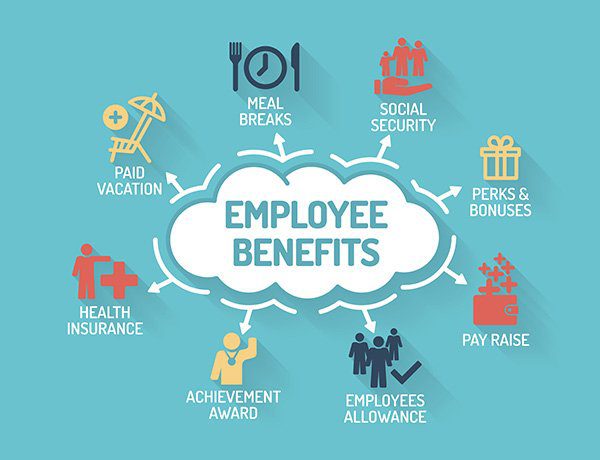Boosting Team Wellness: Unveiling the Ultimate Employee Health Benefits Package
Welcome to the world where employee health benefits reign supreme in organizational wellness strategies. As the corporate landscape evolves, prioritizing the physical, mental, and emotional well-being of employees has become a cornerstone of success for progressive companies. The quest to curate the ultimate health benefits package is not merely a trend but a strategic imperative that recognizes the connection between employee well-being, engagement, and productivity.
In today's fast-paced and often stressful work environments, fostering a culture of support and care through well-designed employee health benefits is no longer a luxury but a necessity. By understanding the profound impact of health benefits on individual performance and organizational outcomes, companies are increasingly investing in comprehensive packages that go beyond the traditional to deliver holistic support for their most valuable asset – their people.
Importance of Employee Health Benefits
Employee health benefits play a vital role in fostering a positive work environment. They demonstrate an organization's commitment to the well-being of its staff, leading to increased job satisfaction and overall morale. By providing comprehensive health benefits, employers not only show appreciation for their employees but also contribute to a healthier and more productive workforce.
From a retention standpoint, offering robust health benefits can significantly impact employee loyalty. When individuals feel supported in their physical and mental well-being, they are more likely to remain with their current employer long-term. This sense of security and care can result in lower turnover rates, saving the company both time and resources that would otherwise be spent on recruiting and training new staff members.
Moreover, employee health benefits contribute to a positive company culture. When employees feel valued and cared for, it creates a sense of community and camaraderie within the workplace. By prioritizing the health and wellness of their team members, organizations cultivate a culture of respect and support that transcends beyond the office walls.
Key Components of an Effective Health Benefits Package
First and foremost, a comprehensive health benefits package should include medical insurance coverage that addresses both routine and emergency healthcare needs. This ensures that employees have access to quality medical care without shouldering a significant financial burden.
In addition to medical insurance, mental health support services are a critical component of promoting overall employee wellbeing. Providing access to counseling, therapy sessions, and mental health resources can help employees cope with stress, anxiety, and other mental health challenges that may arise in the workplace or their personal lives.
Another vital aspect of an effective health benefits package is wellness programs that encourage and support healthy lifestyle choices among employees. These programs may include gym memberships, nutritional counseling, smoking cessation programs, and incentives for participating in physical activities or health challenges.
Measuring the Impact of Wellness Programs

Introducing wellness programs in the workplace can yield significant benefits for both employees and the organization. Studies have shown that well-designed health initiatives can lead to reduced absenteeism, increased productivity, and improved morale among team members. These positive outcomes contribute to a more engaged and satisfied workforce, ultimately driving overall company success.
Employee health benefits not only focus on physical well-being but also encompass mental and emotional wellness. By implementing comprehensive wellness programs that address both aspects, companies can create a holistic approach to employee health. This approach aims to boost overall well-being, resulting in a more resilient and adaptable team that is better equipped to handle challenges and stress in the workplace.
Through regular assessments and feedback mechanisms, organizations can track the impact of their wellness programs on employee health and satisfaction. Analyzing key metrics such as participation rates, health outcomes, and feedback from employees can provide valuable insights into the effectiveness of the initiatives put in place. By utilizing data-driven approaches, companies can fine-tune their employee health benefits package to ensure it meets the evolving needs of their workforce, leading to a healthier and more productive team.